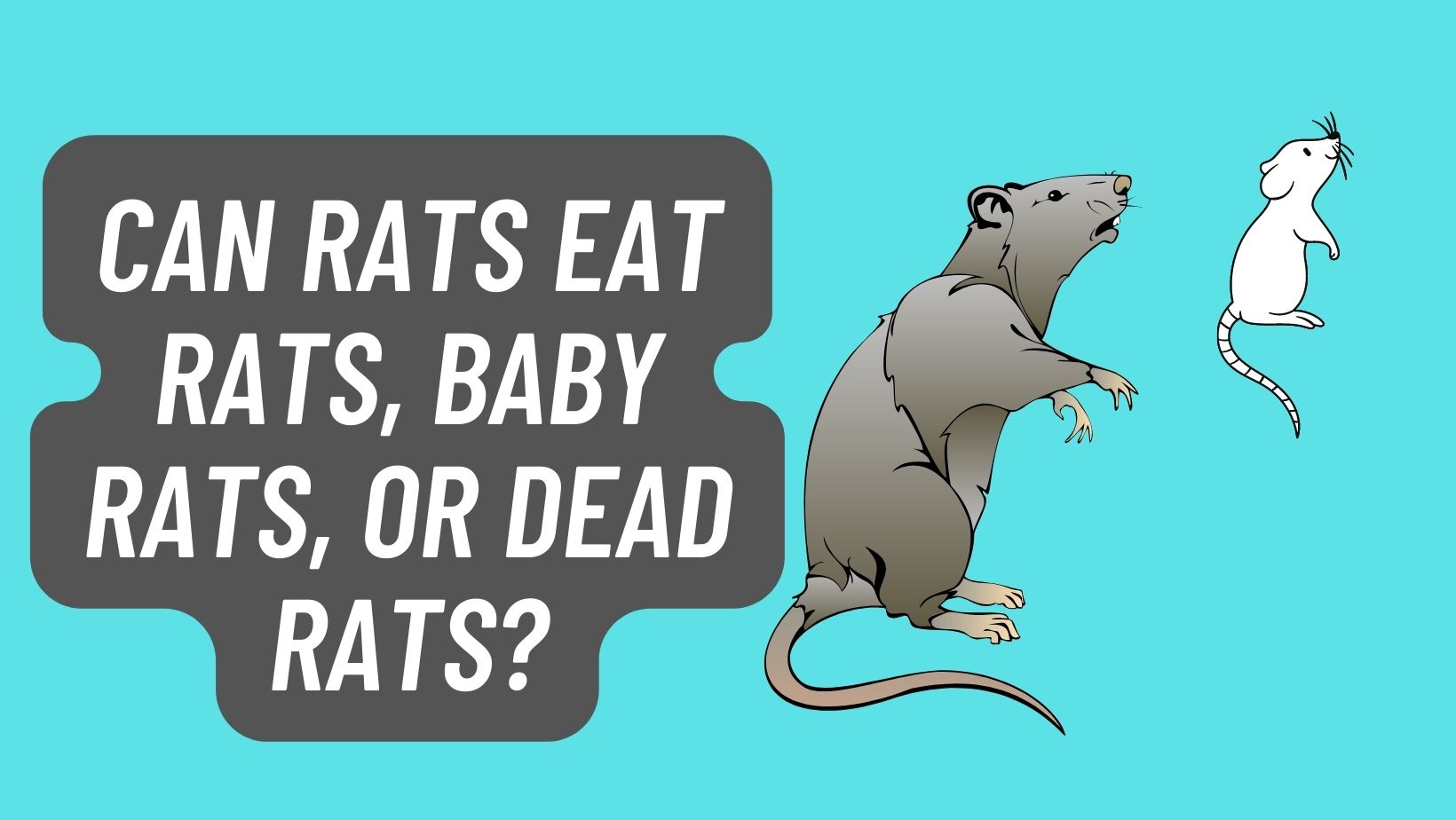Cannibalism in rodents is not uncommon. Since rats are scavengers, they will consume corpses of deceased rats so the smell doesn’t attract predators to their nest or colony, as well as to ration nutrients when food is difficult to find.
Wild rats are typically scavengers but are also predators (especially of insects, smaller mammals, and birds). Scavengers generally own adaptations and instincts to help them both be good hunters and escape or defend against predators. A rat’s predatory instinct is not really evident.
When in groups, rats can stand on hind legs to assert dominance. Pregnant rats have been known to sometimes become aggressive to other male and female rats.
READ MORE: Can Rats eat Nutella?
Do Rats eat Rats?
Yes, some rats will eat some parts (or full bodies) of other rats under certain conditions such as dead baby rats, dead cage mate or youths in a litter.
Rat cannibalism is an instinct of wild rats that happens far more often in mice and other smaller rodents.
Do Rats eat Dead Rats?
Yes, rats can eat dead rats in the same pack or environment.
Cannibalism is a common instinct of wild rats that is more evident in mice and other smaller rodents. Some rats will consume some selected bodies or full body parts of other rats under some conditions such as (dead) babies or youths in a litter or a dead cage mate.
ALSO SEE: Do Rats eat Cat food?

Do Rats eat Baby Rats?
Yes, juvenile and adult rats will eat dead baby rats or live baby rats under certain circumstances. Circumstances like draught, food scarcity, sickness, competition can trigger this nature in rats.




